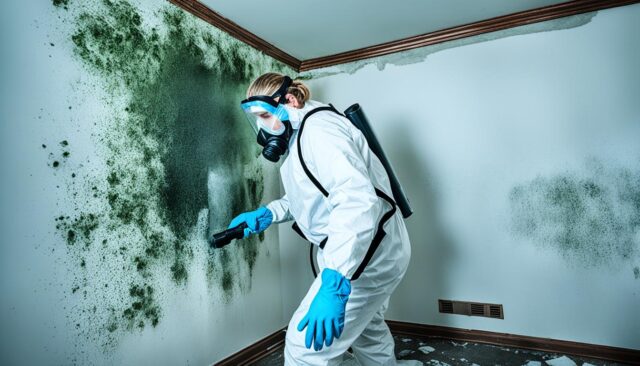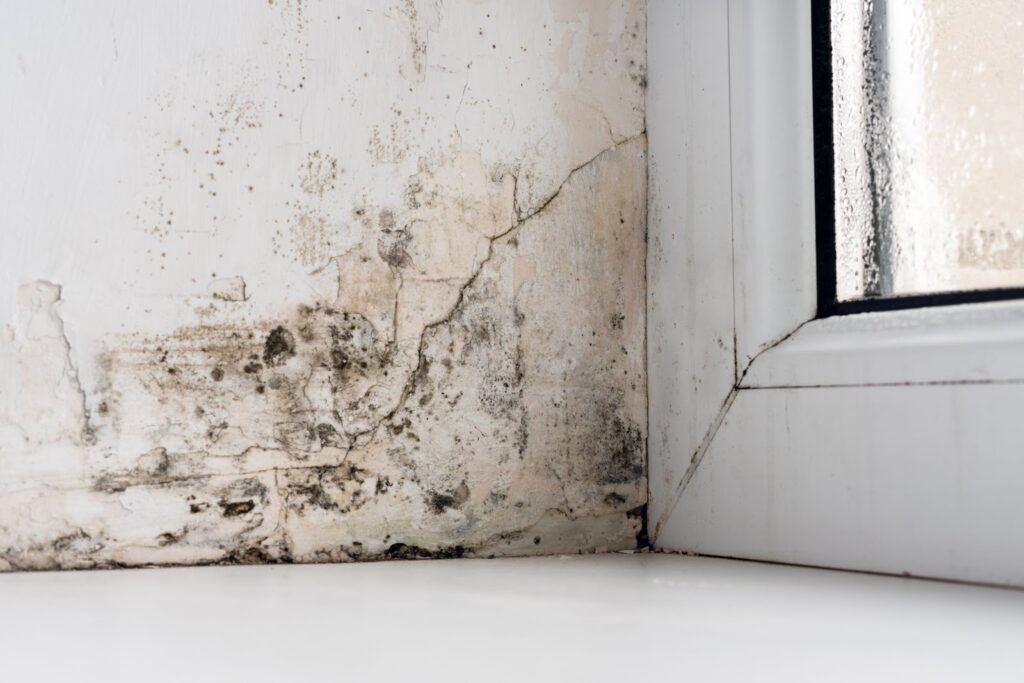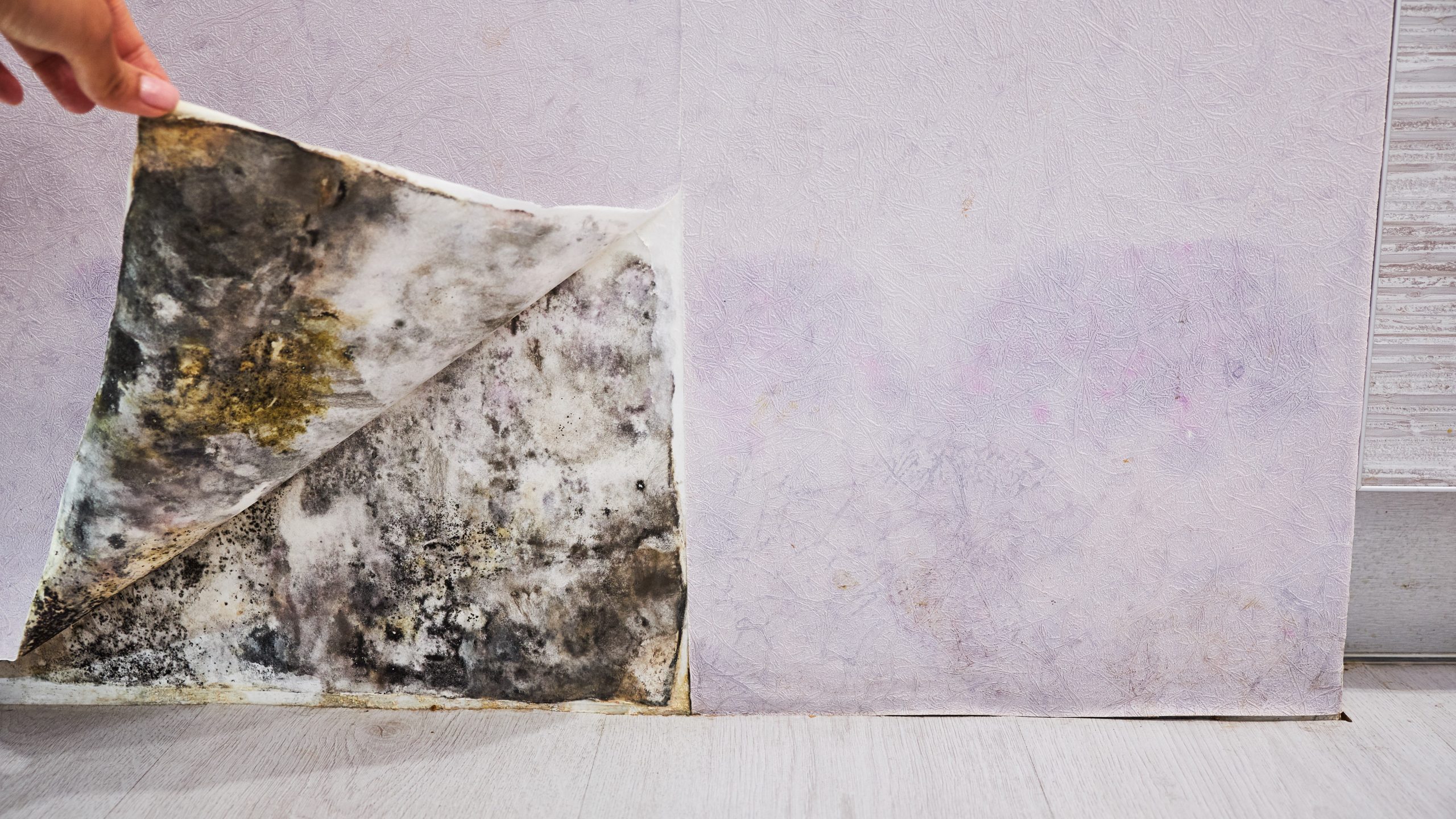
Mold can creep into our homes uninvited, transforming our safe havens into breeding grounds for allergens and health hazards. With stories of devastating infestations splashed across headlines, the idea of tackling mold removal yourself might seem both empowering and daunting.
But before you grab your gloves and spray bottles, it’s crucial to pause and consider the complexities involved in this seemingly straightforward task. From understanding the different types of mold to recognizing the signs of extensive growth, navigating the world of DIY mold removal requires a blend of knowledge, caution, and the right tools.
In this article, we’ll guide you through the essentials you need to know, so when you think of DIY mold removal, you do it with confidence and clarity. Get ready to arm yourself with the wisdom to combat mold effectively!
Common Types of Mold and Their Risks
 When it comes to mold, not all types are created equal, and understanding the common varieties can be vital for your health and safety. Stachybotrys chartarum, often dubbed lack mold, is notorious for its toxic properties, which can lead to severe respiratory issues and other health problems if left untreated.
When it comes to mold, not all types are created equal, and understanding the common varieties can be vital for your health and safety. Stachybotrys chartarum, often dubbed lack mold, is notorious for its toxic properties, which can lead to severe respiratory issues and other health problems if left untreated.
Meanwhile, Aspergillus, a more commonly found mold, can trigger allergic reactions and respiratory illnesses, posing a significant risk, especially for those with compromised immune systems. Then there’s Cladosporium, typically found in damp indoor spaces, which can also cause allergic reactions and asthma in sensitive individuals. Each type presents unique dangers, making it crucial to identify and address the mold lurking in your home with caution.
Ignoring these risks can turn a minor DIY project into a health hazard, underscoring the importance of understanding what youre dealing with.
Signs of Mold Infestation in Your Home
 Signs of mold infestation in your home can often be subtle at first, but they quickly escalate if left unchecked. You might notice an earthy, damp smell lurking in corners or creeping through your walls, which is an immediate red flag.
Signs of mold infestation in your home can often be subtle at first, but they quickly escalate if left unchecked. You might notice an earthy, damp smell lurking in corners or creeping through your walls, which is an immediate red flag.
Clusters of dark spots could appear on surfaces like ceilings or window sills, resembling a painters errant splatter. Be vigilant for peeling or bubbling paint, as this may indicate moisture seeping beneath the surface.
And don’t overlook your health—persistent coughing, sneezing, or unexplained fatigue can signal that mold is making itself at home in your space. Remember, while some signs are easy to see, the most dangerous mold might be hidden behind those walls you don’t inspect regularly.
If any of these symptoms resonate with you, it’s time to take action.
Potential Health Hazards Associated with Mold
 Mold can be more than just an unsightly nuisance; it harbors a range of potential health hazards that can jeopardize well-being. Exposure to mold spores, especially in poorly ventilated or damp areas, may provoke allergic reactions characterized by sneezing, coughing, and skin irritation.
Mold can be more than just an unsightly nuisance; it harbors a range of potential health hazards that can jeopardize well-being. Exposure to mold spores, especially in poorly ventilated or damp areas, may provoke allergic reactions characterized by sneezing, coughing, and skin irritation.
For individuals with asthma or pre-existing respiratory conditions, the risks escalate significantly, as mold can trigger severe asthma attacks or exacerbate chronic lung issues. Furthermore, certain types of mold, such as black mold, produce mycotoxins that can lead to more serious health complications, including neurological symptoms and immune dysfunction.
The dilemma is stark: while DIY mold removal may seem like an expedient solution, the risks associated with mishandling mold infestations can be alarming and far-reaching. Whether it’s hidden in your walls or lurking in your basement, it’s essential to evaluate the potential health impacts seriously before embarking on a mold removal journey.
Conclusion
In conclusion, while DIY mold removal may seem like a cost-effective solution, it is essential to approach the process with caution and preparation. Understanding the potential risks, including health hazards and structural damage, is crucial before undertaking such a task.
It’s advisable to assess the extent of the mold problem and consider professional services, mold testing Tampa can provide a clearer picture of the situation. By prioritizing safety and considering expert assistance, you can effectively tackle mold issues and protect your home and health for the long term.











